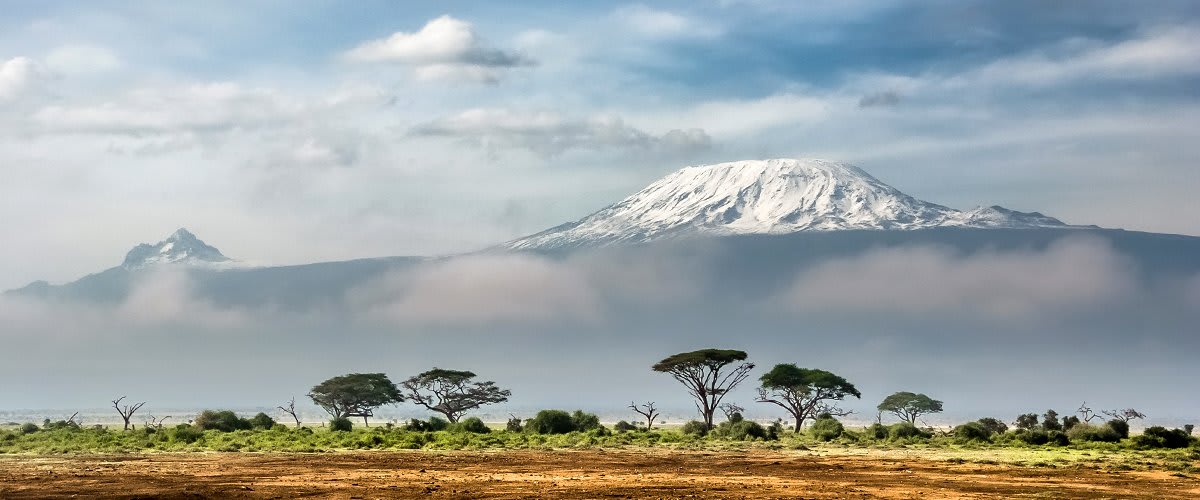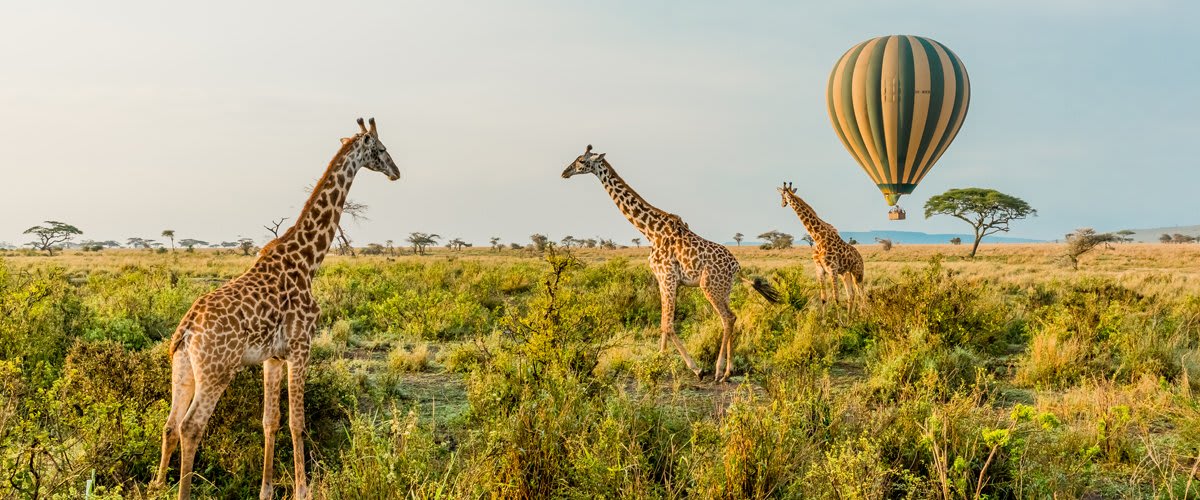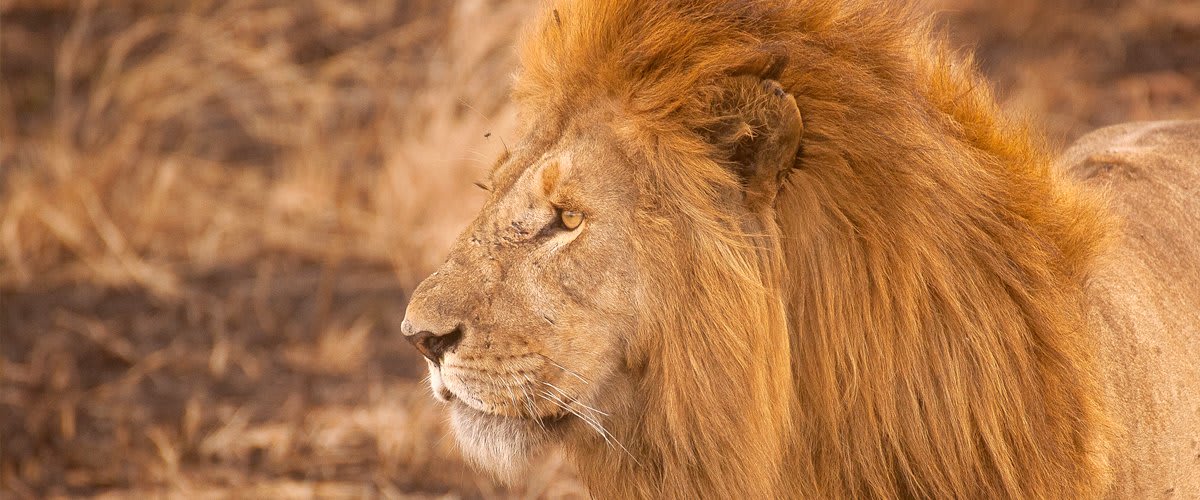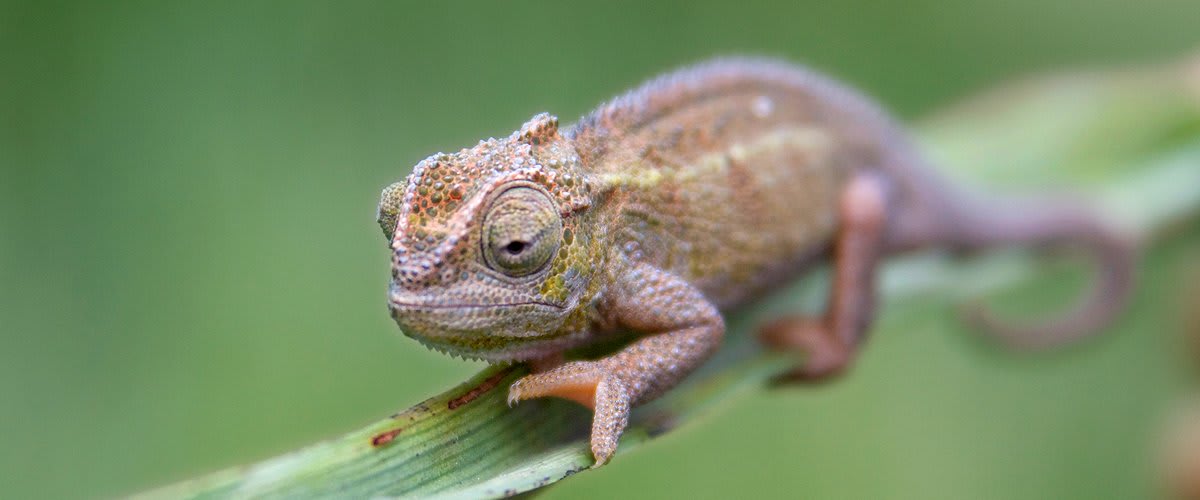 Tanzania
Tanzania
"God's thumbprint," a crater lined with lush grassland where lions recline feet from elephants, symbolizes this land of mythical proportions. Acacia trees dot a vast horizon, and flamingos cast a pink mirage on Lake Manyara National Park. The Masai Mara's traditional welcome transports you to another world of drumbeats, chants, and dance. Travel to Tanzania for the adventure of a lifetime!
Tours & Packages
Search filters:
- Regions: Africa
- Destinations: Tanzania
- including closed packages

Nairobi & the ultimate safari: 15 game drives in Ol Pejeta, Samburu, Lake Nakuru, Masai Mara, Tarangire, Lake Manyara & Ngorongoro
From
$7499W/ Flights
Days
Trip Reviews & Photos
We love hearing your stories and seeing your photos! Here are some moments other travelers captured on this package. Or check out our entire fan photo gallery.
No reviews yet! Check back soon to see what our travelers are saying.
Traveled with us, but haven't received an invitation to review your trip? Contact us at reviews@friendlyplanet.com.
Highlights
To see full details, click the button to the right.
Fast Facts
Already booked on one of our packages to Tanzania? See everything you need to know before you go.












